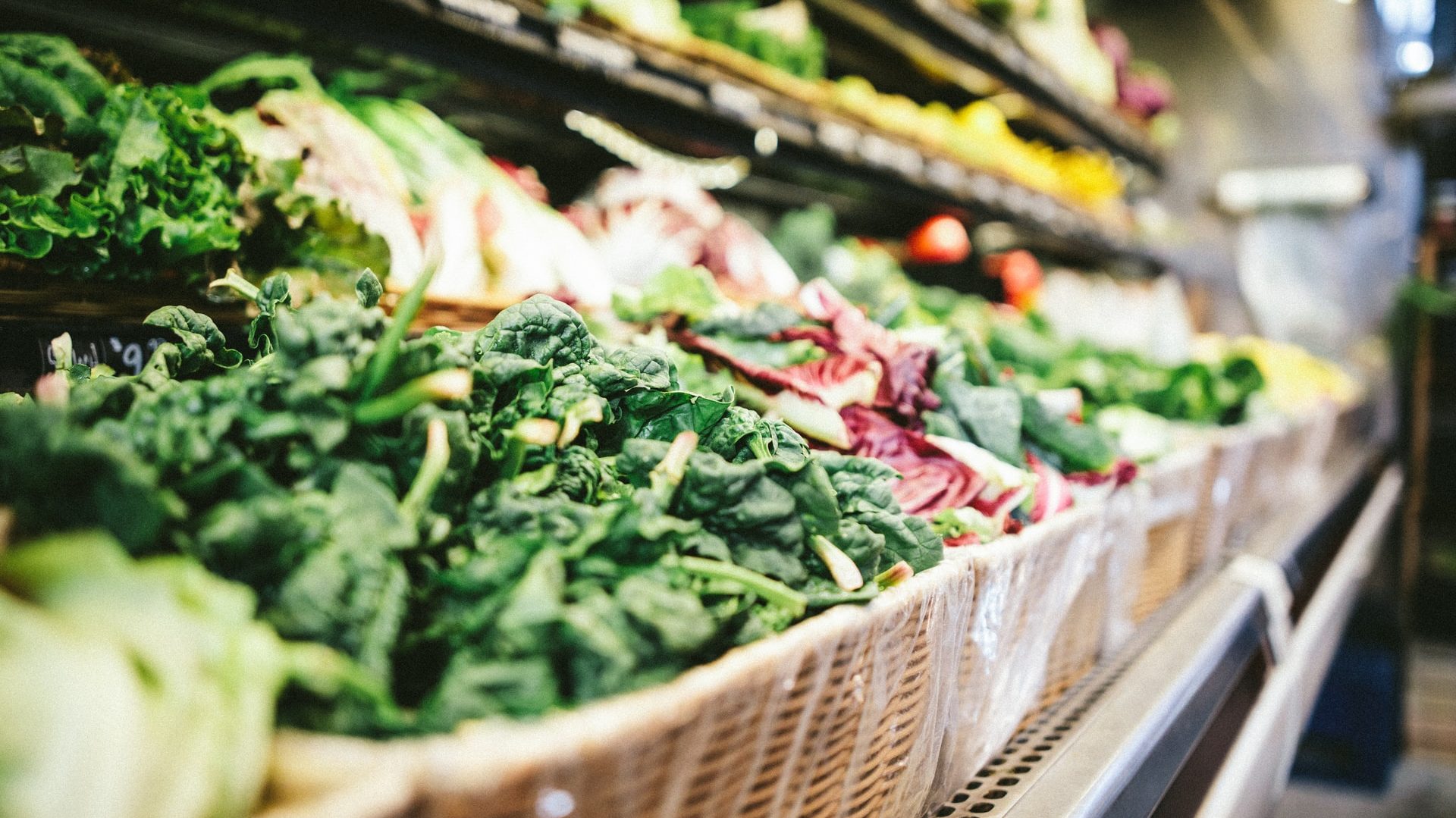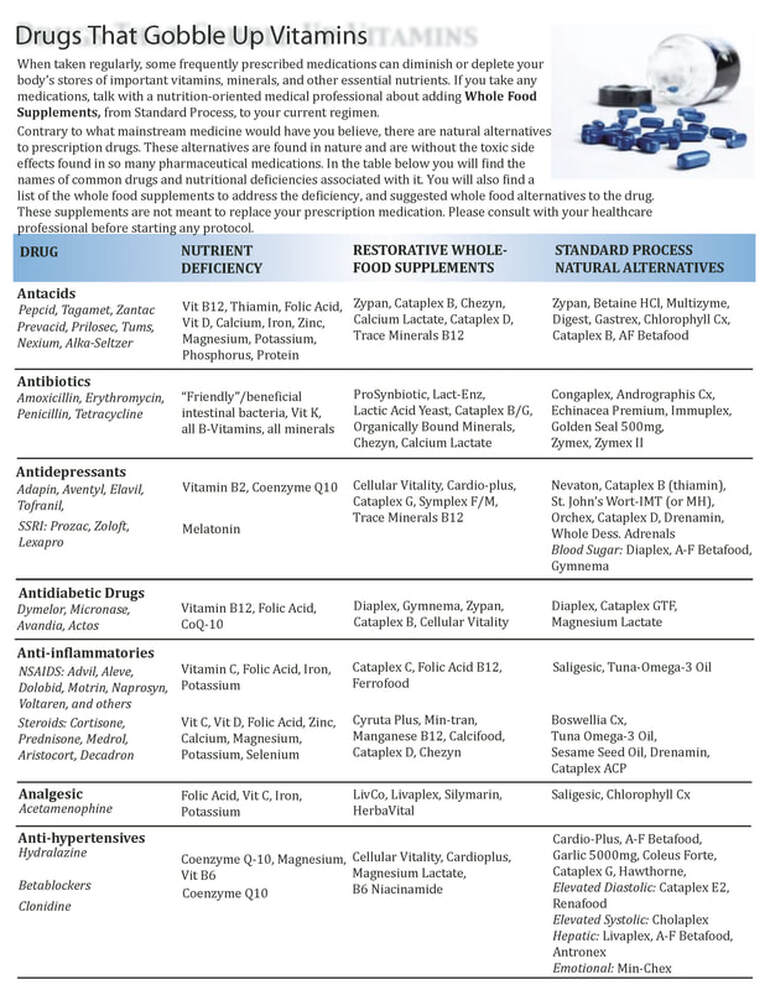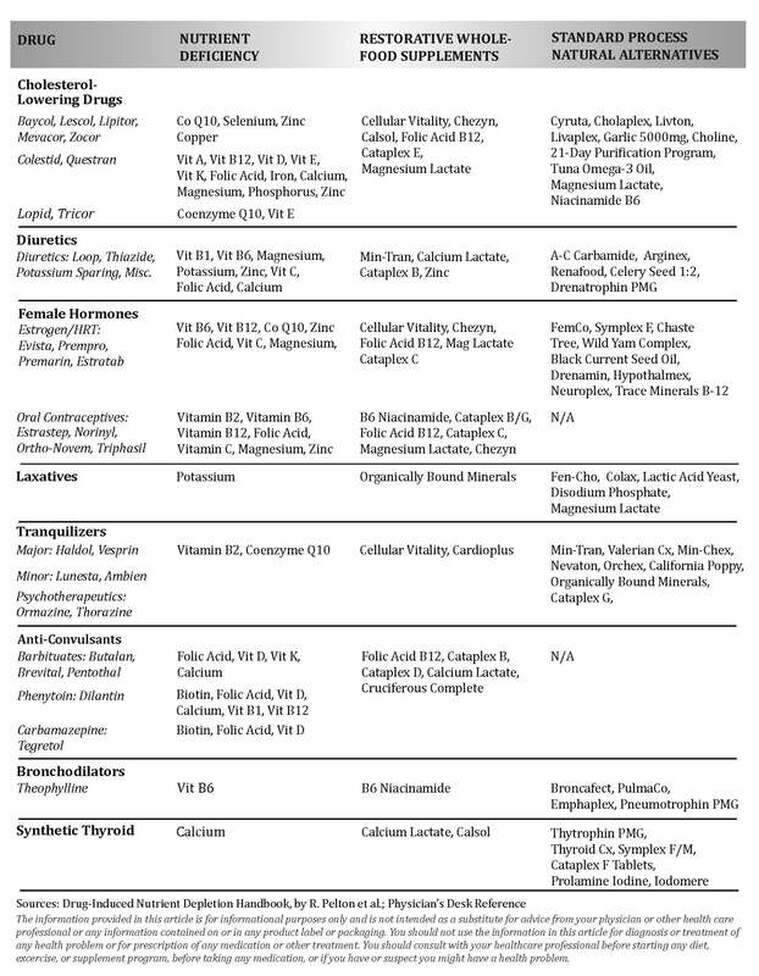Grocery Shop Smart
Shopping for the right foods is essential to eating well unless you grow most of your own food. For the rest of us, making real happy meals starts with knowing what to look for. We are going to explore smart strategies for bringing home the turkey bacon, literally.

Healthy choices start in the heart and mind, where all choices are made. Why the heart? Because eating is a feeling activity. Delicious meals made by someone who cares and eaten together makes for some of our most memorable experiences. So start by loving yourself (and others you shop for) and setting your sights on foods that are both tasty and healthy.
It is no small task to leave the store without one munchie food… or ten. The key is to keep these foods from making it past the cash register. Remember you pay twice for unhealthy foods. Once at the store and later when you pay to fix poor health. Don’t let tempting foods sit in your pantry or fridge and stare you down every time you open the door.
Unbeatable Organics
Confession time: I once was an organic food denier. I didn’t believe organic food was all that different from conventional, but I now know how big the difference really is. If you are on the fence about organics, you have probably grown up without them. It is hard to tell the difference until you remove the offending food long enough to clean the body up. Conventional food is made to sell, and chemical companies have gotten good at adding the right chemicals to improve the taste and smell, but there is no mistaking how much better you will feel when you become chemical-free. Go organic for a month and see the difference.
Outsmart Cart Stow Aways
Is your stomach on empty? Shopping hungry is a sure way to end up with unhealthy stow aways in your cart. Have a healthy snack or meal before you shop. It’s easier to pass up tempting foods if you are full.
Even better – add this tactic. While you write your grocery list, remember a time you felt so good when you were eating healthy foods or how much better you felt when you were making good food choices. This can inspire you to write a list your future self would be proud of. Keep this mental image with you while shopping. This makes it easy to follow your best sense in the moment.
Processed or Not? That is the Question.
Most foods in the middle aisles of the store are of the processed variety. Select foods from the fresh sections such as the deli and fresh produce are at the perimeter of the store. Shop for foods that have ingredients that look like food, not ingredients from a chemistry lab experiment.
There are some exceptions to the perimeter rule, however. Foods that are preserved in specific ways such as pickling (olives, pickles, and sauerkraut), oil preservation (peanut butter, sun-dried tomatoes, etc), and dried foods (tea, dried fruits, and veggies) can keep well without unhealthy preservatives, but read the label to make sure there are no added chemical preservatives or toxic oils.
Eat Clean Meats
For fresh meats, certain grocery stores have better selections. Look for organic, grass-fed, pasture-raised, antibiotic-free, hormone-free (especially beef), local, and such labels. If you have never tried true organic meat before, this is an area you can really tell the difference. You may never look back. Lowball priced meats are not worth the discount. Unhealthy animals make unhealthy food and they can make you sick or unhealthy. Also stay away from farm-raised fish, especially tilapia. Tilapia can survive in very polluted water and most fish farmers choose to grow it for this reason. Wild caught fish is much better. Fish is generally easier to digest and better for the body, but it is harder to determine its origin.
Fresh Produce is for Lovers
Food lovers, that is! Do you fly through the fresh produce only selecting one or two things? Of all the foods in the store, the fresh produce is the most alive. People who are alive need foods that are alive, which is a good reason we don’t eat bad, rotten food and shouldn’t eat artificially preserved (processed & dead) food. So how can you even start to think about eating unfamiliar fresh fruits and vegetables? Use that imagination again in this section to picture how those leafy greens or broccoli could taste done up the right way. Imagine yourself enjoying it. The more you dwell on it the more you wont be able to resist.
New fruits are quite to easy to try out, being sweet and not needing cooking. Buy a sample size of a new fruit every other shopping trip and make a rule to eat it before you eat your regular fruits (or at least before you go shopping again). Vegetables take more commitment but are more worth it. You can break into new veggies by looking up a popular recipe that uses it. However, I believe the easiest, tastiest way to try a new veggie is to sauté it in butter. Just cut it up, warm up your fry pan to medium-low, melt organic butter first, and lightly fry it (or, for denser veggies like carrots, cover with a lid and steam it with few ounces of water in the pan and then just before the water runs out, add butter and fry it). About halfway through the process, add seasonings as seems appropriate like garlic, salt and pepper. It could be a double win if you are learning this quick, easy, and healthy method of cooking for the first time, too!
Summary
Shopping smart starts with your smarts, your heart, a vision and a plan. Follow these guidelines for success and remember practice means to make easier:
Imagine yourself enjoying the feeling of having a healthy body.
Commit to your feeling and being well.
Imagine yourself enjoying the delicious taste of eating healthy fresh foods.
Don’t go shopping when you are hungry.
Make a grocery list to feed your best, most healthy self.
Reach for quality organic produce for best results including organic meats
Avoid processed foods and chemistry lab ingredients.


